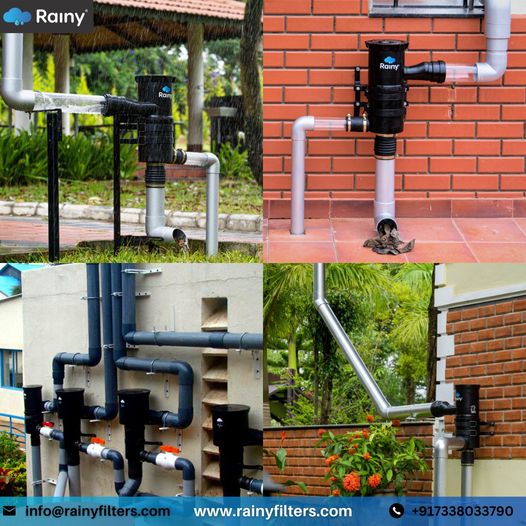Sustainable methods are needed when resources deplete. Rainwater harvesting is one example. Rainwater flows off because there isn't enough open soil to absorb it. Instead, collect and store rainwater for immediate usage. Integrated infrastructure during house building is optimum for rainwater harvesting. Rooftop and surface runoff rainwater collection are available. Read on for rainwater collection tips.

Rainwater is harvested and stored in surface or subsurface aquifers. Underground rock strata contain groundwater in aquifers. Rainwater must be collected before surface runoff. You may collect this fake water anytime you need it. Regular groundwater replenishment comes from rains. When supplies are scarce, groundwater may diminish. You may artificially replenish groundwater via rainwater gathering. Rainwater may be preserved for drinking. To replenish the earth, use excess water. There are other groundwater-only recharge systems. Rainwater harvesting systems can be implemented in homes, communities, schools, hospitals, and corporations.
Water Harvesting Device Installed on a Rooftop
Water tanks and storage systems are a prominent rainwater gathering option in building planning. These buildings store rooftop rainwater for later use. The benefits of rainwater tanks and storage are many. They supply alternate water for irrigation, toilet flushing, and vehicle washing. Instead of utilizing standard water sources, use captured rainwater to conserve water and cut your water expenses. Rainwater is gentle and chemical-free, making it great for gardening.
Harvesting Rainwater from Surface Runoff using Permeable Surfaces and Percolation Pits
Rainwater may be harvested using permeable surfaces and percolation pits. Permeable surfaces let rainfall soak into the ground, replenishing it. Use permeable pavers, gravel, or grass to create these surfaces. Percolation pits are excavations filled with porous materials like broken bricks or stones. They aid soil rainfall absorption.
Permeable surfaces and percolation pits reduce surface runoff and waterlogging. Allowing rainfall to sink into the earth reduces floods and recharges the groundwater table. Water shortage, soil health, and erosion prevention are improved by this method. It benefits the environment and your building site.
Benefits of Rainwater Harvesting
Water shortages and environmental issues can be addressed with rainwater harvesting techniques in building planning. Using these methods, you lessen your dependency on traditional water sources and help preserve the earth. Rainwater harvesting improves the environment. It may prevent flooding and soil erosion. So, add rainwater collection to your construction projects for a more sustainable future. You save water money and help solve water shortages by doing so. Let's make rainwater collection a crucial building planning approach and improve our world for future generations. Are you thinking of doing something to help the environment? The weather shield from rainy, one of the country's top companies, can be used to construct rainwater harvesting storage systems.

No comments yet